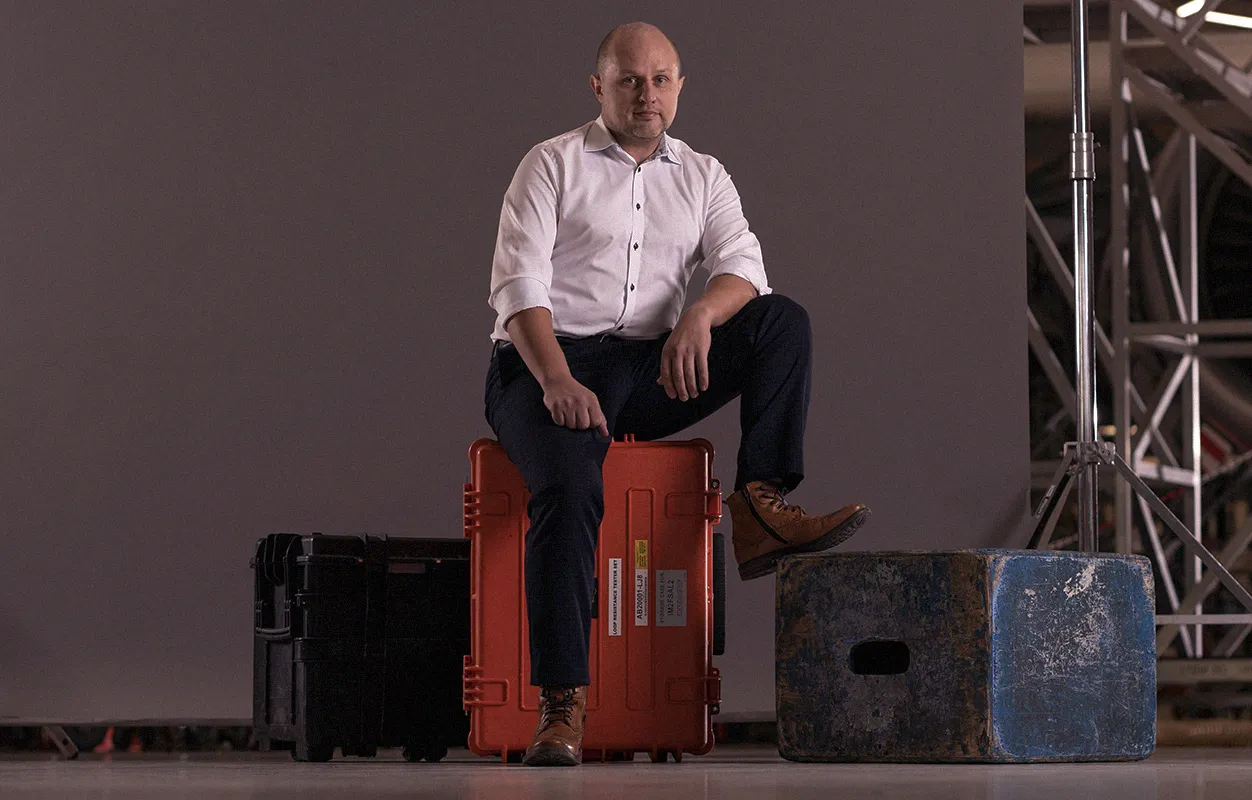How Often Should Aircraft Undergo Aviation Maintenance Services?
The safety and reliability of every flight depend on proper upkeep of the aircraft. Aviation is one of the most regulated industries in the world, and every aircraft must follow strict schedules for inspections and servicing. The frequency of Aviation Maintenance Services is determined by usage, age, regulatory requirements, and the operating environment. Airlines and operators cannot afford to neglect these schedules, as doing so could put both passengers and crew at risk. Providers like Magnetic Group ensure that aircraft remain airworthy through timely and thorough maintenance solutions.
Why Aviation Maintenance Services Are Essential
Every flight puts stress on an aircraft. Engines run for hours, landing gear absorbs heavy loads, and pressurization cycles strain the fuselage. Over time, these stresses create wear that requires professional attention. Aviation Maintenance Services identify and fix issues before they escalate, preventing malfunctions during flights.
Regular servicing also helps airlines reduce operational costs. A well-maintained aircraft consumes less fuel, experiences fewer breakdowns, and maintains higher resale value. Partnering with experienced providers like Magnetic Group ensures that airlines not only stay compliant but also maximize performance and efficiency.
The Different Types of Maintenance Checks
Aircraft maintenance follows structured schedules, divided into different categories. Each type of check occurs at specific intervals and involves a different level of inspection.
1. Daily and Pre-Flight Checks
Before and after each flight, quick checks are performed to ensure the aircraft is ready for operation. These include inspecting fuel levels, hydraulics, lights, and emergency equipment. They are simple but critical, as they detect immediate issues that could delay or compromise a flight.
2. A Checks
The A Check occurs approximately every 400–600 flight hours or every 200–300 flight cycles. In most cases, this happens every six to eight weeks. During an A Check, technicians perform tasks such as fluid replenishment, filter replacements, and system inspections. Providers like Magnetic Group specialize in handling A Checks efficiently to minimize downtime and keep flights on schedule.
3. B Checks
Though less common in modern schedules, some airlines still use B Checks as a midpoint between A and C Checks. These typically occur every six to eight months and involve more detailed inspections.
4. C Checks
A C Check is more comprehensive and occurs every 18–24 months, depending on flight activity. The aircraft is grounded for one to two weeks while technicians inspect major systems, structures, and avionics. Magnetic Group provides extensive C Check solutions, ensuring airlines receive high-quality servicing with minimal disruption to operations.
5. D Checks (Heavy Maintenance Visit)
The D Check, also known as a Heavy Maintenance Visit, is the most detailed form of inspection. It takes place every six to ten years and can last up to two months. The aircraft is almost completely disassembled so technicians can inspect every component. While costly, this service is essential to extend the aircraft’s lifespan. Magnetic Group has the facilities and expertise to handle such complex maintenance with precision and care.
Factors Influencing Maintenance Frequency
The exact frequency of Aviation Maintenance Services depends on several factors:
- Flight Hours and Cycles: Aircraft that operate frequently or fly long distances reach service intervals faster.
- Aircraft Age: Older planes require more frequent inspections to ensure safety.
- Operating Conditions: Aircraft exposed to harsh weather, sand, or salty air may need additional servicing.
- Regulatory Standards: Aviation authorities enforce mandatory maintenance intervals that operators must follow.
Airlines rely on providers like Magnetic Group to tailor maintenance schedules to their specific operations, ensuring compliance while minimizing unnecessary downtime.
Why Sticking to Maintenance Schedules Matters
Delaying or skipping maintenance can have severe consequences. Even minor oversights can lead to system failures, emergency landings, or complete grounding of the fleet. For airlines, downtime equals lost revenue and damaged reputation. By adhering to strict schedules, operators protect passengers, maintain trust, and ensure smooth operations.
Providers like Magnetic Group help airlines stick to schedules without sacrificing efficiency. Their ability to manage quick turnarounds while maintaining high safety standards makes them a preferred choice for global operators.
The Role of Magnetic Group in Aviation Maintenance
Magnetic Group has earned recognition for delivering reliable and comprehensive Aviation Maintenance Services. With expertise across different aircraft models, the company provides tailored solutions that meet regulatory requirements and operational demands.
Their services extend from daily line maintenance to heavy structural overhauls, giving airlines a one-stop solution for all their maintenance needs. By combining skilled technicians, advanced tools, and global facilities, Magnetic Group ensures that airlines minimize downtime while keeping safety as the top priority.
In addition to traditional maintenance, Magnetic Group embraces innovation. They integrate digital monitoring and predictive maintenance to help airlines detect issues before they cause delays. This proactive approach saves costs and enhances operational reliability.
The Future of Maintenance Scheduling
Advancements in aviation technology are reshaping how airlines approach maintenance. Predictive maintenance, powered by real-time data, allows technicians to identify potential failures before they occur. Instead of relying only on fixed intervals, airlines can now perform maintenance based on actual aircraft performance.
Magnetic Group is already adopting these future-focused practices, ensuring their clients remain ahead in safety and efficiency. As the industry moves toward smarter solutions, their role as a trusted partner will become even more vital.
Conclusion
So, how often should aircraft undergo aviation maintenance services? The answer varies based on daily checks, A Checks every few weeks, C Checks every couple of years, and D Checks every six to ten years. Each interval serves a specific purpose, from quick safety checks to comprehensive overhauls.
For airlines, adhering to these schedules is non-negotiable. Timely Aviation Maintenance Services keep aircraft safe, efficient, and reliable. With trusted providers like Magnetic Group, operators gain confidence knowing their fleets are in expert hands. By maintaining strict schedules and embracing innovation, airlines not only comply with regulations but also ensure safer skies for passengers around the world.












